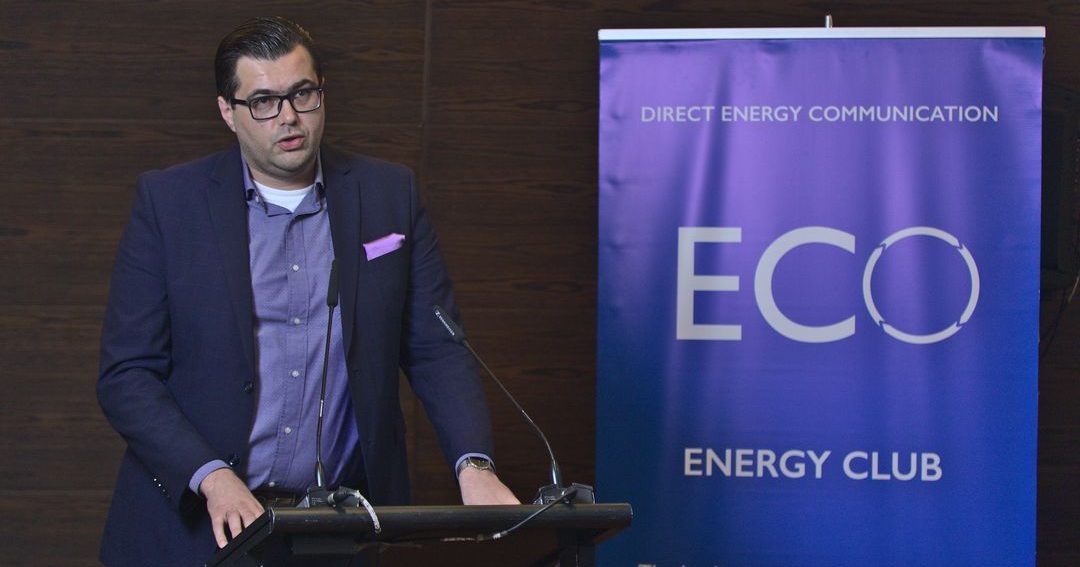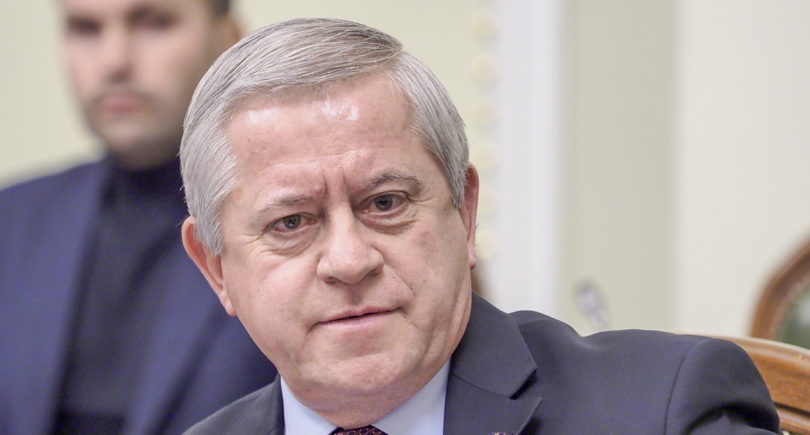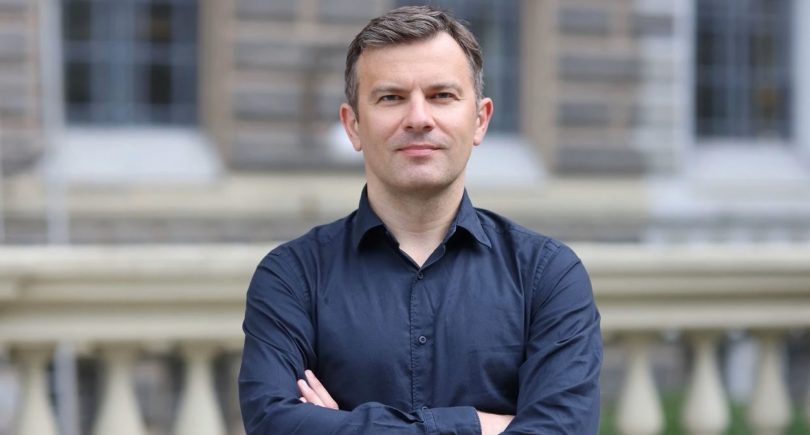
Opinions State electricity 609 16 July 2024
The idea of equalizing the tariff by class distribution is expected to reduce the tariff for second class by 25%, and naturally increase it for first class consumers
Recently, the independent regulator (NEURC) took the initiative to equalize tariffs for the distribution of electricity, regardless of the classes of consumption voltage. A kind of equalization, which has always hurt energy policy in Ukraine. For an ordinary citizen, this is an inconspicuous change. Large industrial consumers of electricity speak negatively about this initiative. And here I will try to explain why. And yet, this idea contradicts the principles of European policy and regulation (which we are obliged to implement) and, ultimately, the sound logic of economically justified tariff formation.
In Ukraine, there are two classes of voltage applicable to power distribution systems. 1st class – consumers connected to lines with a voltage of more than 27.5 kW or a consumption of more than 150 thousand МВт∙год per month, and consumers of the 2nd class – connected to lines with a voltage of less than 27.5 kW. It is clear that 1st class consumers are a large industry that consumes a lot of energy. In different European countries, the number of voltage classes is larger and each of them has its own distribution tariffs. In Moldova, which I often use as an example for energy policy comparisons, there are three such voltage classes with the corresponding distribution tariffs.
The tariff for the distribution of the first class is lower than for the second. First, the lower the losses in these networks – the lower the voltage in the networks, the higher the losses in them. For 2023, losses in first-class voltage networks were 4.13% and 7.14% in second-class voltage networks. And secondly, this is the usual market logic – who consumes larger volumes claims to discounts. For example, in Vinnitsa, the distribution tariff for the 1st class is 344.82 UAH/MWh, and up to the 2nd – 2,028,18; in Lviv – 311.75 and 1 631.03; in Dnipro – 226.41 and 1,328,03. Tariffs are calculated based on the volume of costs for the distribution of electricity by class and the volume of this distribution. That is, the consumer for each voltage class must cover the costs associated with this distribution. And the number of consumers of the 1st class is disproportionately smaller than consumers of the second class – units or tens in the region.
The idea of equalizing the tariff for distribution by classes is expected to reduce the tariff for the second class by 25%, and, naturally, increase it for first-class consumers. And it is important that this approach violates the principle of cost cascading in the formation of the tariff (cost cascading principle of tariff construction), which is one of the basic in the system of European energy policy. In fact, those categories of users who use the networks in which the corresponding losses are formed must pay for losses in networks.
In fact, this change will lead to another cross-subsidy – a chronic disease of the Ukrainian energy sector. And consumers of the first class will cover the costs and losses of consumers of the 2nd class of voltage.
The other side of the problem is that large consumers are often exporters and compete in the foreign market. Reducing the tariff for the second class will slightly reduce the costs and cost of production of small producers. But small producers compete only with each other in the domestic market.
But there is another group of beneficiaries of such a decision, and they will actually receive the greatest benefit – these are companies subsidizing the tariff for the population through the PSO mechanism – mostly Energoatom (about 80%) and partially Ukrhydroenergo. These companies cover the difference between the real price of electricity (which in particular includes the electricity distribution fee) and the fixed tariff (4.32 UAH/kWh).
Household consumers are exclusively the second class of voltage. And reducing the distribution tariff for the second class will reduce the real price of electricity, and therefore reduce the amount of payments from Energoatom and Ukrhydroenergo. In fact, these companies will have more funds. For each kWh, this will be an average of 38 kopecks. So, from the world on a thread, giant – capital. And this is in addition to the fact that they will accumulate a larger resource after raising the tariff from 2.64 to 4.32 UAH/kWh.






